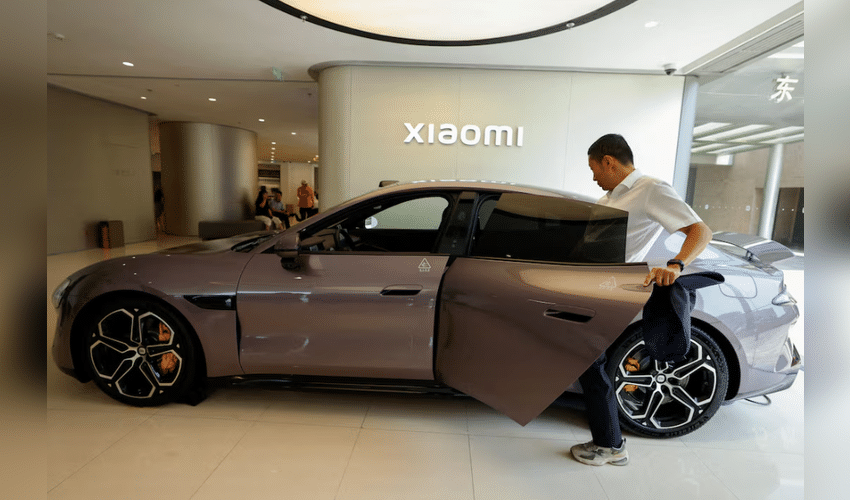Technology
China calls for both caution and rapid progress in the development of assisted-driving technology.

Chinese automakers are accelerating ahead of foreign competitors in the development of assisted-driving technology, driven by consumer demand for rapid innovation. However, Beijing is urging a balanced approach: innovate quickly, but proceed with caution. In response to a fatal crash in March involving a Xiaomi SU7 sedan, Chinese regulators are finalizing new safety standards for driver-assistance systems. The incident, in which three people died shortly after the driver resumed manual control from the car’s assisted system, has prompted Beijing to tighten oversight.
Authorities aim to curb the exaggeration of these systems’ capabilities by automakers while still supporting innovation. This measured approach could give China a global advantage, contrasting with the U.S., where a lack of federal regulations has frustrated developers of autonomous vehicles. Markus Muessig of Accenture Greater China pointed to China's gradual, adaptive strategy—likened to Deng Xiaoping's "feel the stones to cross the river" philosophy—as key to its success. Currently, Chinese rules permit systems that handle steering, braking, and acceleration under specific conditions, while requiring constant driver engagement. Labels like "smart" or "autonomous" are banned in advertising.
Upcoming regulations will target software and hardware that assess whether a driver is alert and capable of quickly taking over. To help shape these rules, authorities have involved companies like Dongfeng and Huawei and opened public consultations, which concluded on Friday. At the same time, Beijing is pushing forward with more advanced Level 3 systems, which let drivers take their eyes off the road in certain conditions. Changan was chosen to begin Level 3 testing in April, but the program was paused after the Xiaomi crash. Still, regulators aim to restart the effort this year and approve the first Level 3 vehicle by 2026.
Driver-assistance systems are emerging as a critical competitive frontier in China’s car market. Level 2 systems, which assist with driving under supervision, are now common and affordable, with companies like BYD offering such features across all models. Over 60% of cars sold in China this year are expected to include Level 2 capabilities. In the global race toward full autonomy, China hopes to replicate its electric vehicle success by supporting domestic automakers through regulation and public trials. Notably, authorities will hold companies legally accountable for Level 3 system failures, following a model similar to recent UK legislation.
At April’s Shanghai auto show, many Chinese companies showcased their readiness for Level 3 deployment. Huawei announced a highway-ready system after extensive testing, while Zeekr revealed a Level 3-equipped SUV set for production if regulatory approval is granted. In contrast, global brands like Mercedes-Benz and Volkswagen presented advanced features but avoided the liability of Level 3 classification. Mercedes-Benz CTO Markus Schaefer noted that although computing costs are dropping, achieving Level 3 safety will remain expensive, making it a moving target for many manufacturers.



